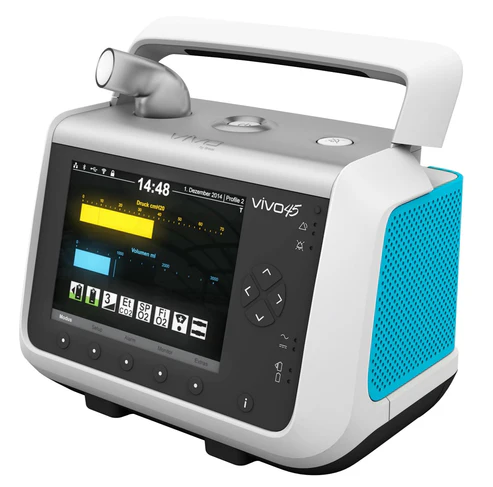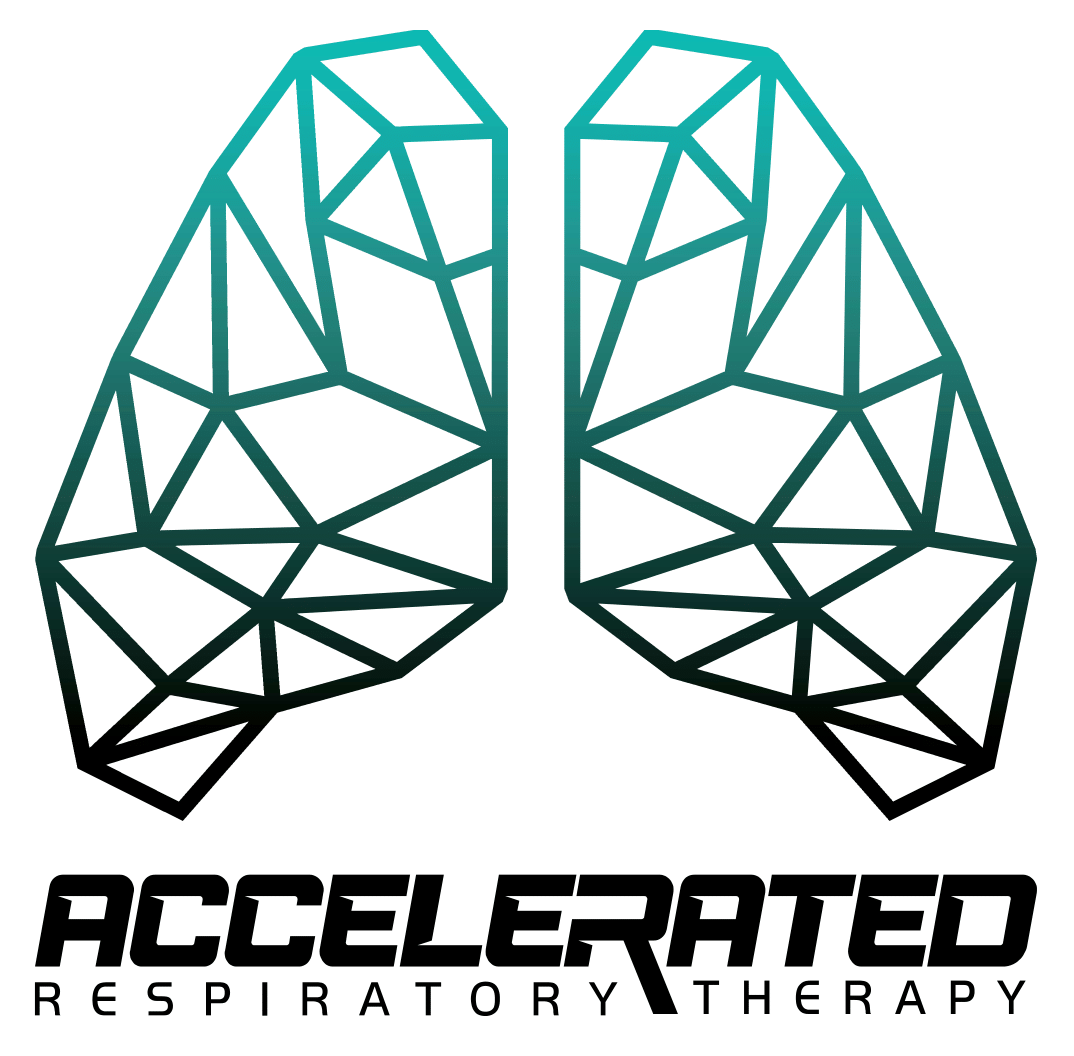Invasive & Non-invasive Ventilation

Invasive & Non-invasive Ventilation
Invasive ventilation is a life-saving respiratory support technique where a mechanical ventilator delivers breaths directly into the lungs via an artificial airway—typically an endotracheal or tracheostomy tube. It is used when non-invasive ventilation (NIV) is ineffective or not tolerated, often in cases such as coma, COPD exacerbation, or acute respiratory distress syndrome (ARDS). A machine delivers breaths to the lungs, supporting or taking over the patient’s breathing.
Common indications: ALS (amyotrophic lateral sclerosis), respiratory failure, neuromuscular disorders, severe trauma or burns, and coma.
Non-invasive ventilation (NIV) assists patients in breathing more efficiently without the need for an invasive tube inserted into the trachea. It is commonly used for conditions such as chronic obstructive pulmonary disease (COPD), sleep apnea, and acute respiratory failure. NIV provides positive pressure to help keep the airways open, preventing collapse and reducing the risk of lung infections.

